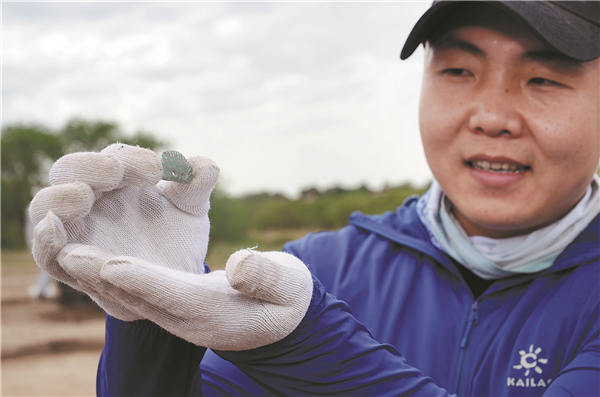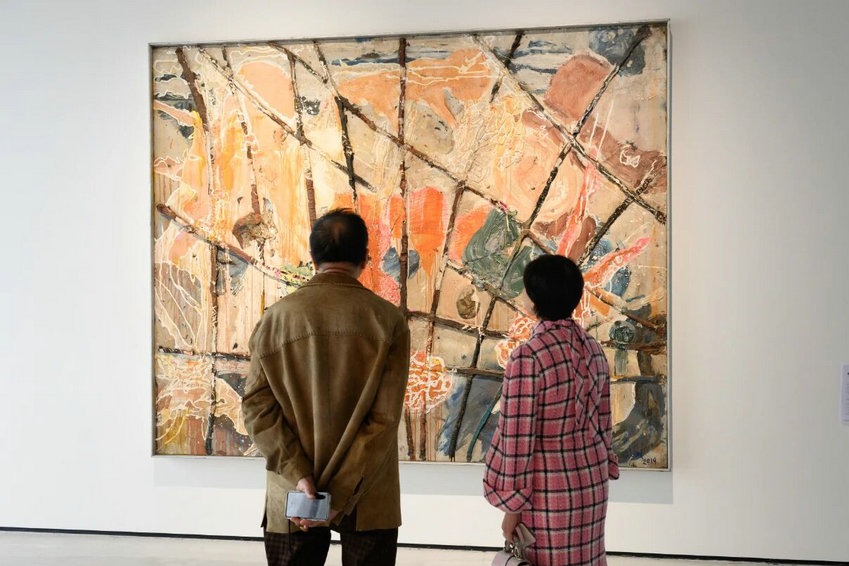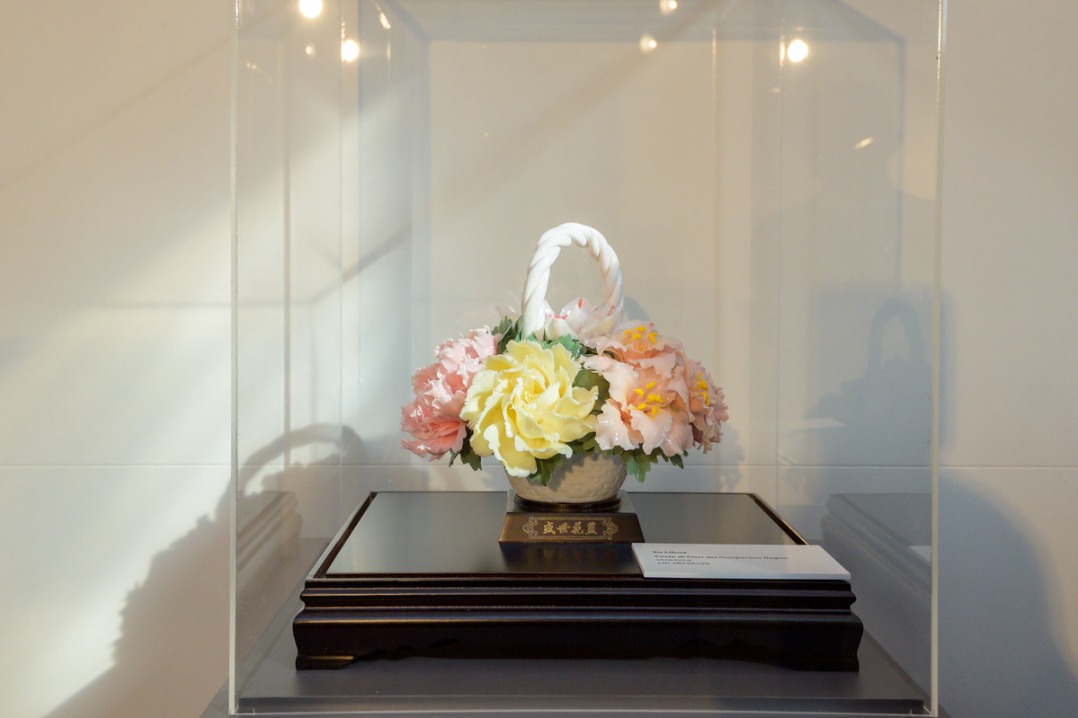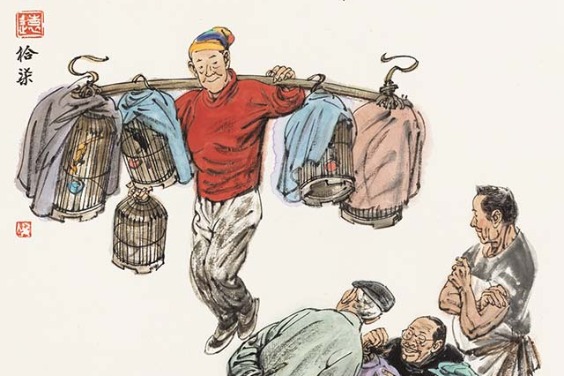Discoveries give researchers a clearer view into the past


For almost five decades, archaeologists have worked in the Aohan Banner in Chifeng, the Inner Mongolia autonomous region, and found more than 4,000 sites spanning from Neolithic times to the Bronze Age, which marks fruitful progress in prehistorical archaeological studies, according to Liu Guoxiang, a researcher with the Institute of Archaeology at the Chinese Academy of Social Sciences.
Based on the findings, they have identified a number of archaeological cultures, such as Xiaohexi Culture dating back more than 8,200 years, Xinglongwa Culture dating back 8,200 to 7,200 years, and Zhaobaogou Culture dating back between 7,200 and 6,400 years, forming a cultural sequence in the West Liaohe River basin, he adds.
"Four generations of archaeologists from the Institute of Archaeology at CASS have devoted a lifetime of effort to excavations in the Aohan Banner, and that has enabled us to see fruitful results," says Liu.
But he also points out they haven't excavated many settlement sites of the Lower Xiajiadian Culture, which dates back between 4,000 and 3,400 years. "We have found more than 2,400 sites of this culture, but only several of them have been systematically excavated. … As a result, there is a big missing link, meaning that our understanding of its cultural connotations is not clear enough. …That also influences our knowledge of the origin and formation of Chinese civilization," says Liu.
To fill in the blanks, a new archaeological project on the Xidaliang site in the Aohan Banner kicked off on July 5 and will run until October.
The site was discovered during the second national census of cultural relics in China in the 1980s, and was rechecked several times in recent years.
According to Liu, who is also head of the first Inner Mongolia working group under the Institute of Archaeology at CASS, which leads the excavation at the Xidaliang site, the institute has identified the site as a settlement of the Lower Xiajiadian Culture. It has been preserved relatively well with rich layered deposits. It covers an area of nearly 150,000 square meters and current conditions will allow for further excavation.
The excavation area is 500 sq m. As well as the first Inner Mongolia working group, the Inner Mongolia Academy of Cultural Relics and Archaeology, Chifeng University and Aohan Banner Museum are also participating in the excavation, according to Zhang Guochun, Party Secretary of the Institute of Archaeology of CASS.
During the archaeological survey process, before the excavation, researchers collected some artifacts from the surface of the site, like a jade decoration with patterns related to the sun, a stub of agate, and stone and bone arrowheads.





































